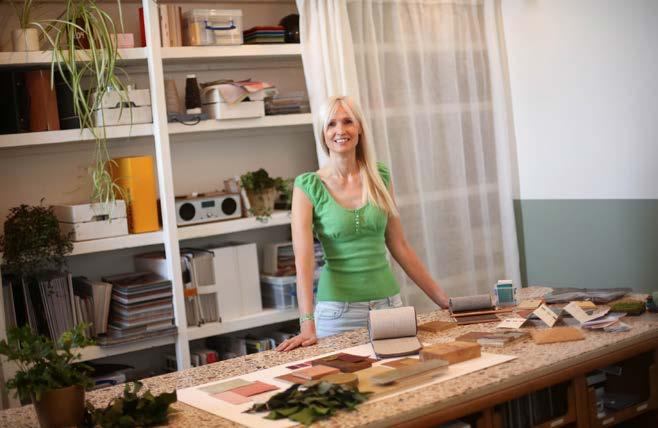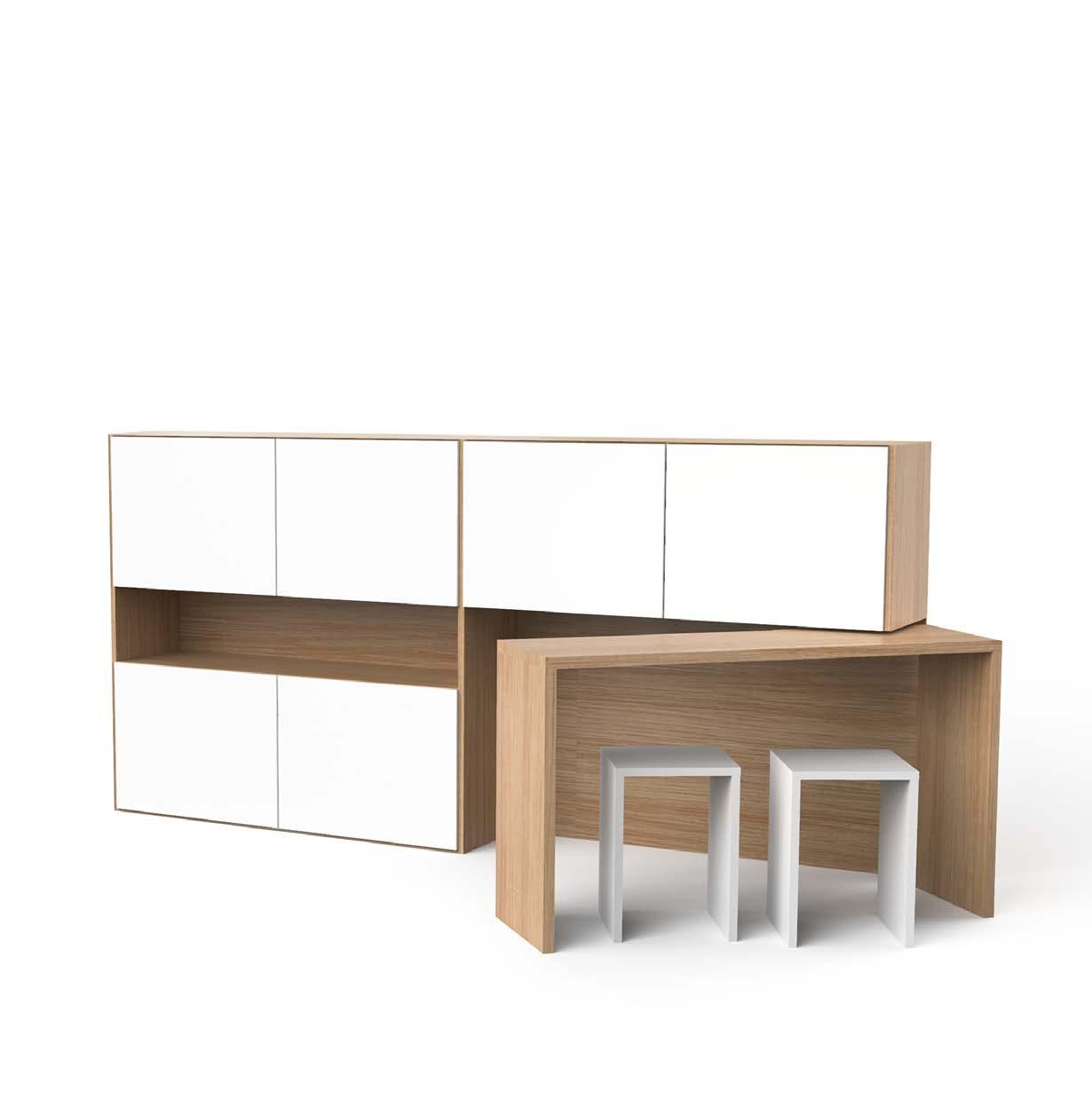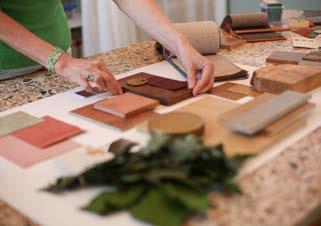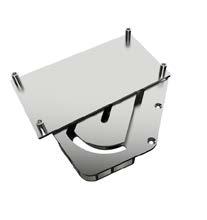
1 minute read
COLOUR, IT’S IN OUR NATURE
Biophilic design and sustainability are red hot topics. The trend in green architecture has definitely done a great job of decreasing the environmental impact of the built environment. So much so that green walls, pot plants and wood have now become a shorthand for biophilic, nature-led design.

But it’s so much more than that.
What we’ve been seeing as ‘green architecture’ is just one expression of nature, and one of a range of nature-based ways we can express ourselves.
Why just limit ourselves to green when we have nature’s colour palettes at our disposal?
Back to nature is the future of design
Most humans love being in nature. It’s why we sit in the park at lunch, go for a walk in the woods, or swim in the sea when we get the chance. We have a subconscious connection to it and innately know that nature restores, grounds and supports us.
But with so many of us now living in highdensity urban environments, we can really miss that connection.
That’s why nature-led design is so powerful. It allows us to create this connection to nature by using harmonious colour combinations, textures, patterns, and shapes that reflect that subtle experience of being in nature.


The best part is that nature has already provided everything we need with colour palettes and designs that resonate with our personality and help us to feel that sense of familiarity that we do when out in nature.
Because when we use nature’s colour palettes and designs in their purest form, we are surrounded by harmony and balance. When we don’t use them as nature intended, that’s when we can feel uncomfortable in a space because something feels ‘off’ or jarring.
As our society evolves to include even more technology, AI and denser urban living, it will become more important than ever before to bring that connection to nature into the built environment.
This is how we can support people now, and into the future, to feel safe, secure and thrive in the balance between modern living and what it is to be human.
And we can lead the way by putting humans at the centre of our designs and by using colour consciously to create spaces, places and environments that are good for the individual, for others and the planet.













